The best places to visit each month of the year
Writer: Chen Xiaochun | Editor: Stephanie Yang | From: Shenzhen Daily | Updated: 2020-03-03
A+ A- Print
The 2010s have already come and gone, and a new decade has begun! Now well into the start of 2020, it’s time to consider your next round of travel plans before the year passes you by. If you missed visiting these best destinations around China in past years, use this list to plan the best time to see them this time around.
February: Search for the footprints of early spring near Tibet
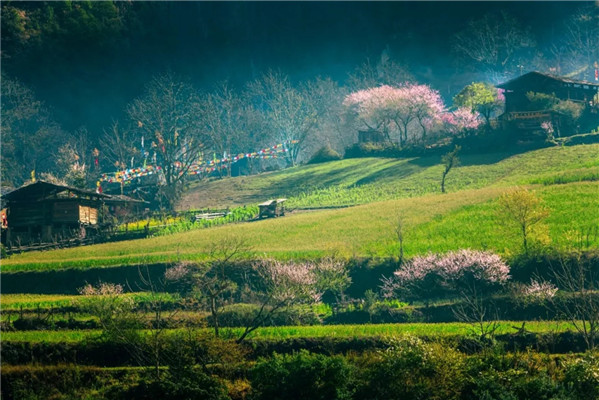
Bingzhongluo in Yunnan, also called “A Heaven of Peace and Happiness,” is the most beautiful place in Nujiang Grand Canyon. It has a strong Tibetan feel to it as most of its inhabitants are of Tibetan and Nu descents. Geographically, it is very close to Tibet.
Here, you will see the roaring Nujiang River running through steep cliffs and deep valleys, splendid churches and temples, tranquil villages, thick forests and towering snow mountains. It’s a landscape worth losing yourself in.
March: Discover China’s longest“flower path”
There is a popular saying in Chinese: “You won’t know the beauty of China if you don’t visit Xinjiang, and you won’t know the beauty of heaven if you don’t visit Ili Kazak Autonomous Prefecture.”
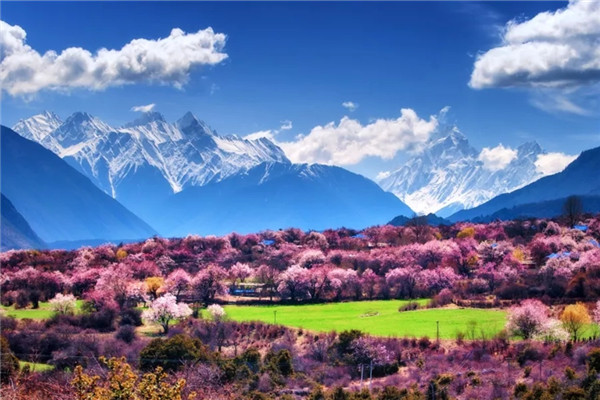
Spring brings out the best of Xinjiang’s natural beauty. Every spring, lush grass and wildflowers cover the Ili River Valley like an enormous carpet as countless apricot trees full of pink blossoms embellish the green land. Gazing at the starry night while being embraced by the flower sea might be one of the most romantic things you can do this spring.
The peach blossom is the signature flower of spring. When spring comes, Linzhi in Southwest China’s Tibet Autonomous Region welcomes the blossoming of a multitude of pink peach flowers. The pink peach blossom “path” in Linzhi extends 30 kilometers across many counties, making it the longest “flower path” in China. With the snow gleaming white on the mountains behind it, Linzhi is immersed in a pink sea of peach blossoms.

Wuhan University may be the most famous place in China at this time of the year due to its iconic cherry blossoms. Every year around mid March, people across the country fly to the 120-year-old university to enjoy the romantic, pink flower-petal sea surrounding the ancient buildings across the university. However, due to the recent epidemic outbreak, Wuhan is now under quarantine. You might have to skip the destination this year, but keep this astonishing place on your agenda for when life returns normal.
April: Enjoy a timeless water-town date
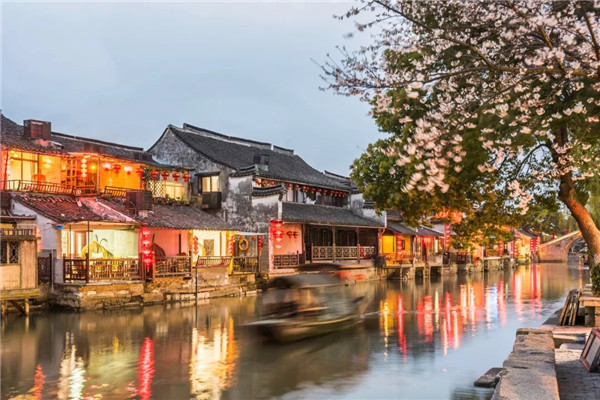
The biggest difference between Xitang and other old towns lies in its intact water-town ecology. Cobbled streets, old buildings, bridges arching over canals, rowboats lingering on the river and locals singing folk songs are all featured in Xitang, a charming water town with a history of over 1,000 years in Zhejiang.
The water town is a Level 5A tourist attraction in China with 104 old bridges, 122 old lanes, and long, ceilinged corridors to explore. The local residents have an easygoing and peaceful lifestyle, making Xitang a fantastic place to experience simplicity and leisure.
Qingdao is known as a city that enjoys pleasant temperatures and faces the sea. Located in Shandong Province, Qingdao is surrounded by the Yellow Sea to its east and south. As the summer resort of China, it enjoys pleasant weather throughout the year. April is an especially great time to visit as the coastal city is doused with romantic flowers and enveloped in their fragrance.
May: Experience enticing folk customs
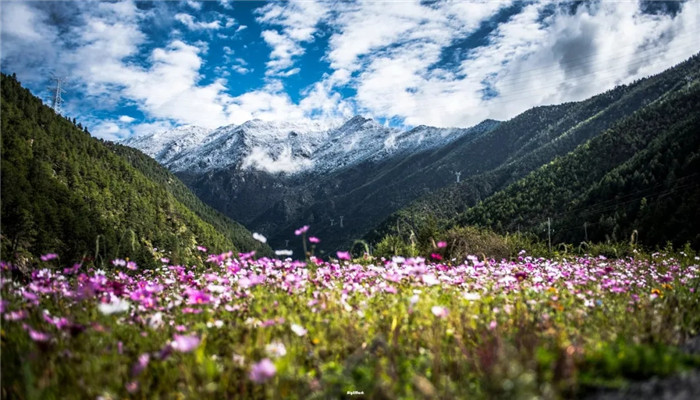
Xijiang Qianhu Miao Village (One-Thousand Miao Villages in Xijiang) in Guizhou is the largest Miao village in China and the world. It is comprised of over 10 villages built beside a mountain covering a vast area of over 50 square kilometers. At Xijiang Qianhu Miao Village, layer upon layer of closely connected wood-stilt houses are built along the contour of the hills beside Baishui River, meandering along the foot of the mountain.
Daocheng Yading in Sichuan Pro-vince, a harmonious, utopian land of snow-capped mountains, awe-inspiring glaciers, steep cliffs, magnificent canyons, vibrant virgin forests, grassy marshlands, vast pastures, crystal clear lakes, dense woods and pure air, is definitely the destination of a lifetime. Located at an elevation of 3,800 meters, it is home to three holy mountains and three lakes, namely Jambeyang (Yangmaiyong), Chanadorje (Xianuoduoji), Chenresig (Xiannairi), Pearl Lake (Zuomalacuo Lake), Five-color Lake and Milk Lake.
June: Natural sceneries of lakes and sky merging at horizon
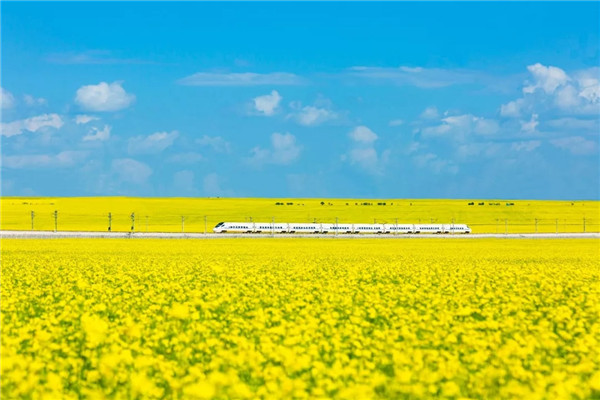
The weather here in June is not scorching hot, and the wind in the evening is not strong enough to cause sniffles, which makes it the perfect time to visit Dali in Yunnan Province. Situated at 1,972 meters above sea level, Erhai Lake is one of China’s biggest freshwater lakes and the backdrop of the city of Dali. Stroll around Erhai Lake, let the refreshing wind dishevel your hair and empty your mind for a moment here.
Located in northwestern Qinghai Province, Qinghai Lake is a unique upland lake that is perfect for a cycling trip in summer with its landscape consisting of yellow canola flowers, white snowcapped mountains and Tibetan customs. Since ancient times, Qinghai Lake has been known as a “blue sea” due to the marvelous natural beauty reflected in it. As for the area, it is the largest inland and saltwater lake in China.
July: Poetic scenes around the corner
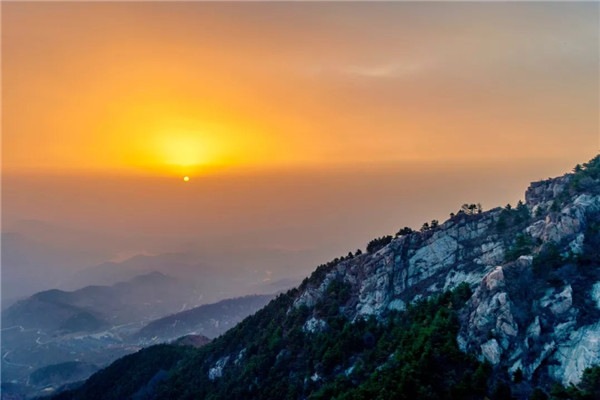
You cannot fully savor the beauty of Tai Mountain without approaching it personally. Tai Mountain is a mountain of historical and cultural significance located in the north of Tai’an City, Shandong Province. One of the five sacred Taoist mountains of China, Tai Mountain is a sacred place and a UNESCO World Heritage Site. Its tallest peak is Jade Emperor Peak, which is 1,545 meters in height.
Enshi Tujia and Miao Autonomous Prefecture, a green oasis located in the mountainous southwestern corner of Hubei Province, has been rated “the most beautiful wonderland in China” by CNN and “the most beautiful place in China” by Chinese National Geography. As a tourist attraction included on the World Heritage List, it has become more and more popular. In the summer, Enshi turns into a green, naturally air-conditioned area. Once you set foot on this lovely land, you will fall in love with the stunning natural views that it has to offer.
August: Stunning holy land without scorching summer
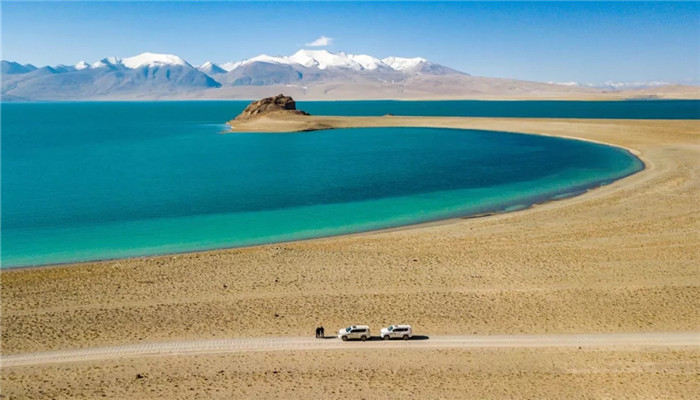
With towering snow-capped mountains, vast highlands and stretching pastures, Tibet has always been a mysterious, enticing and irresistible spiritual destination. Covering much of the Tibetan Plateau in Asia, Tibet is the traditional homeland of the Tibetan people as well as other ethnic groups. It’s the highest region on Earth, with an average elevation of 5,000 meters. Many people come here for its magnificent monasteries, prayer halls and remote cliffside meditation retreats.
Though summer is short here, Changbai Mountains in Northeast China is home to a large variety of luxuriant forests, flowers of all kinds blossoming in a competition to show off their charm and soft green meadowlands. The Changbai Mountain range extends from Heilongjiang, Jilin and Liaoning provinces in Northeast China to North Korea. The mountain itself is named so because its main peak, Baitou Mountain (White-head Mountain), is covered with white rocks and thick snow. Most of the peaks reach 2,000 meters above sea level.
September: A golden world
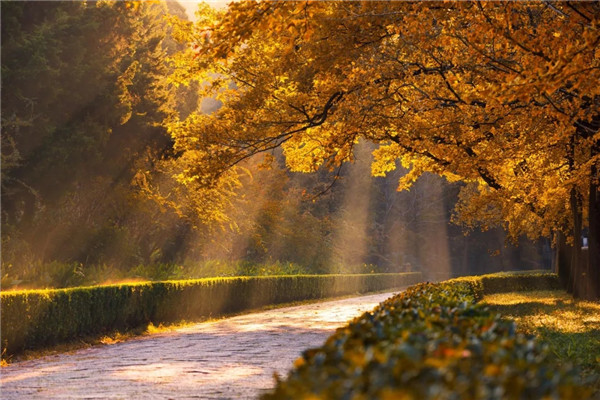
Autumn in Nanjing is transitory but stunning. Travelers who make the area’s autumn tourism window are left swooning over the yellow, red and gold leaves that fall from trees swayed by crisp gusts of wind. Nanjing has fabulous fall foliage unrivaled in East China. The many classic Chinese-style red, ancient buildings in the city only add to the fall aesthetic.
Located in Burqin County in the Xinjiang Uygur Autonomous Region and sharing borders with Kazakhstan, Russia and Mongolia, Kanas Nature Reserve boasts an ecosystem formed of lakes, rivers, glaciers, forests and grasslands. The area is among the most alluring resorts in northern Xinjiang, and one of its highlights is Kanas Lake, described as a pearl shining on the river.
The color of the lake varies with the seasons and weather. September and October, when the warm hues of flowers and leaves covering the nearby mountainsides contrast with the deep-blue body of water, are great months for visiting
October: Picturesque scenery
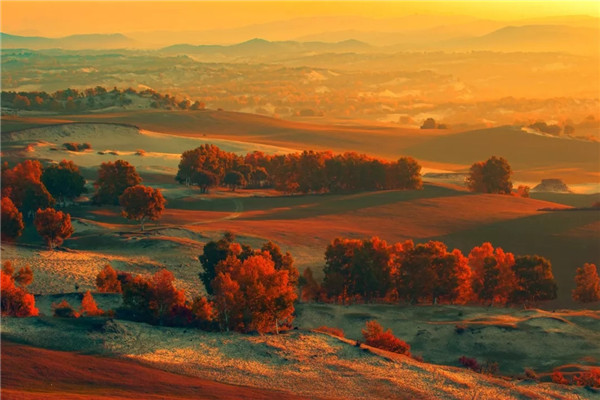
We mostly picture grasslands as how they look in the summer: warm and green with the sun overhead. However, not many people realize that the grasslands are also magnificent in autumn.
Located in Fengning Man Autonomous County, Hebei Province, the Bashang Grasslands are close to Beijing. The 350-square-kilometer grasslands were a summer resort for imperial families in ancient times. By the time autumn arrives, the peak tourism season is over, making it a great time for taking candid, natural shots. Your camera lens will be filled by vast grasslands and stretching skies, truly capturing the refreshing solitude of the Bashang autumn.
An international natural conservationist who has traveled across the world once described his visit to Jiuzhai Valley in Sichuan as the biggest honor of his life. Jiuzhai Valley, located in the mountains on the eastern edge of the Qinghai-Tibet Plateau, is well-known for its minority communities, superb mountainous landscapes and stunning scenery.
It is most beautiful in the fall. With bright and clear skies, the colorful leaves reflecting in the clear lakes, and fallen leaves floating on the surface of the water, it’s one masterpiece of a destination.
November: The magic of nature
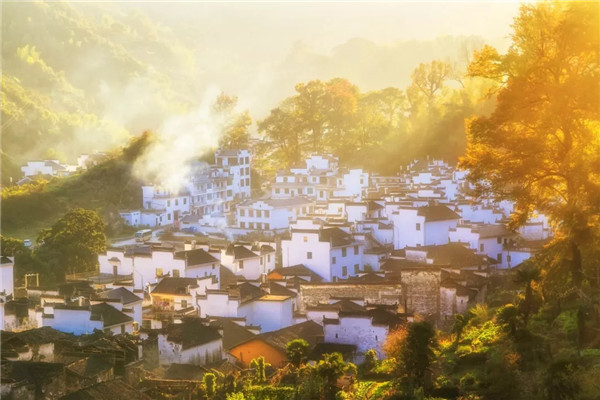
The county of Wuyuan in Jiangxi Province possesses great natural beauty and is famous for gorgeous, vast fields of yellow canola flowers at springtime. However, Wuyuan in autumn presents another charm. From October to late November is the best time to catch its distinct red and yellow leaves and morning fall-time mists.
There are many small villages in the Wuyuan area, and many of these house temples and other well-preserved ancient architectures. Seeing villages shrouded by mist, red maples and gold ginkgo trees will make the trip worth it.
Xiapu Mudflat in Fujian is a humble but favored destination for photography enthusiasts. It is regarded as the most beautiful coastline in China and reputed as one of the top-10 best places for photography in China by shutterbugs.
When autumn arrives, light and shadow interweave with each other, presenting a beauty that melts your heart. Photos come out as stunning as a postcard from every angle.
December: The end but also the beginning
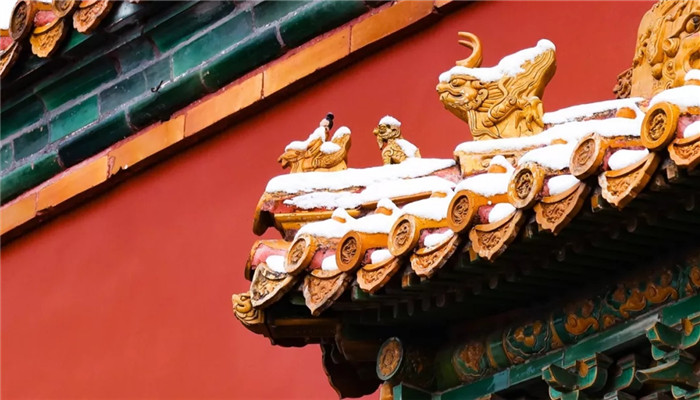
When it snows, the solemn city of Beijing turns into a jumble of white-capped buildings and cars. Sometimes a red wintersweet bud pops up from beneath the snow, accenting the whitewashed winter cityscape.
Snowfall at Beijing’s Forbidden City leaves a striking winter look. Red walls, white snow and glazed tiles give a poetic new look to the ancient landmark in wintertime.
By December, it is already winter and even snowing in most places across China. However, by this time in Yunnan, spring is already knocking at the door. The hope of spring, the vitality of summer, the harvest of autumn and the apricity of winter — you can all find them all at Wu-liang Mountain, wintersweet where tea trees and cherry blossom can be seen everywhere.